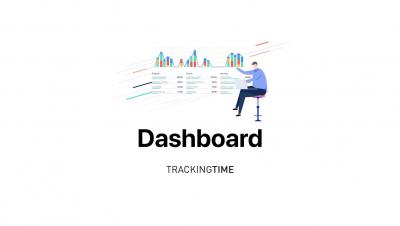Building a customer service framework: top tips from Tortuga, Lob and more
Your customer service framework is like the instructions manual for building some flat-pack furniture. Without directions, you’re guessing how your new desk goes together. Likewise, your support team will improvise how best to respond to incoming customer queries if they don’t have a guiding framework – which can lead to long delays and inconsistent customer experiences. A framework is useful for clarifying how, when, and why you provide the type of service you do. It maps out.











